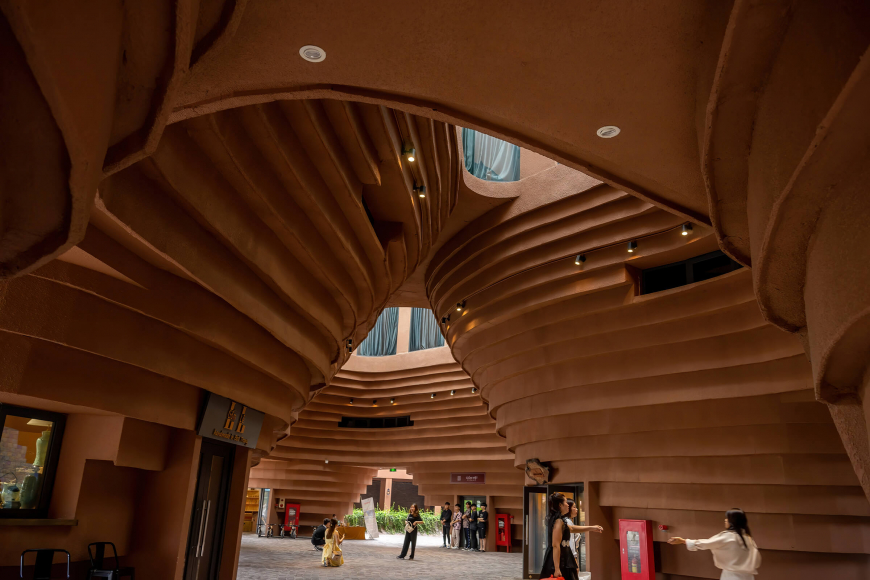The prestigious World Travel Awards (WTA) named Vietnam’s capital, Hanoi, ‘World’s Leading City Break Destination’ for 2022. Why? Well, it’s perfect for a short, urban getaway in the region.
With its diverse offerings, manageable size, affordability, and heady mix of old and new, it’s easy to see why Hanoi won. The WTA said that Hanoi has “aged well, preserving the Old Quarter, monuments and colonial architecture, while making room for developments alongside”.
Hanoi - the cultural heart of Vietnam − the country’s capital and a home of thousands of relic sites and intangible cultural heritages. That said, Hanoi is a modern, multicultural city that pulses with energy. In short, “It’s a vibe!”
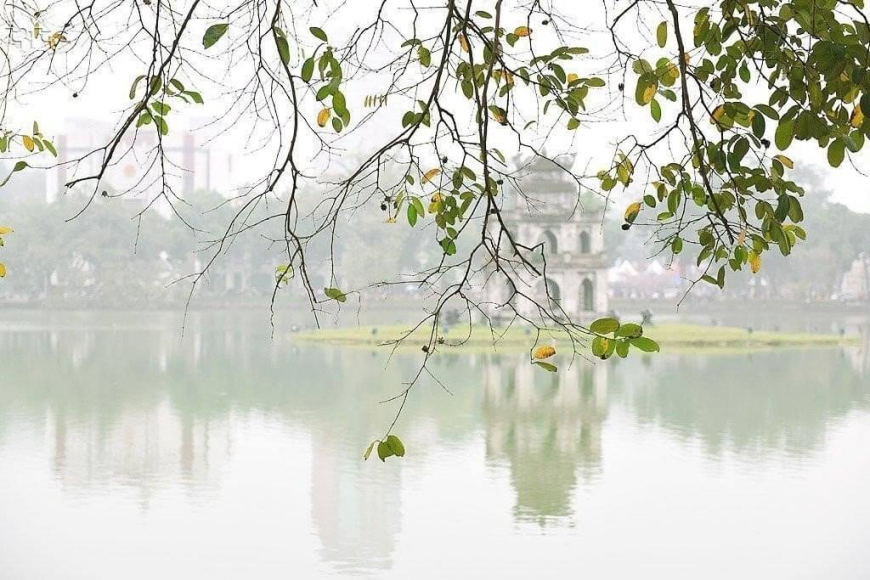
Whether you’re visiting for business, using the city as the starting point for a longer vacation in Vietnam, or taking a weekend break, there’s a lot you can fit into a short space of time. Here are some ideas…
1. ANCIENT HISTORY TO IMAGINE
See the main attractions. Among these is the Imperial Citadel of Thang Long, one of the country’s most important locations, which is a UNESCO World Heritage Site. Walk the grounds and cast your mind back to the many dynastic and historical periods reflected in the buildings, structures and remains. These include 18 Hoang Dieu Street, Vietnam’s largest archaeological excavation; the D67 Tunnel and House, and Kinh Thien Palace, with its stone-dragon steps. Be sure to visit the Four Guarding Temples surrounding the citadel, which was once the gates to the ancient city.
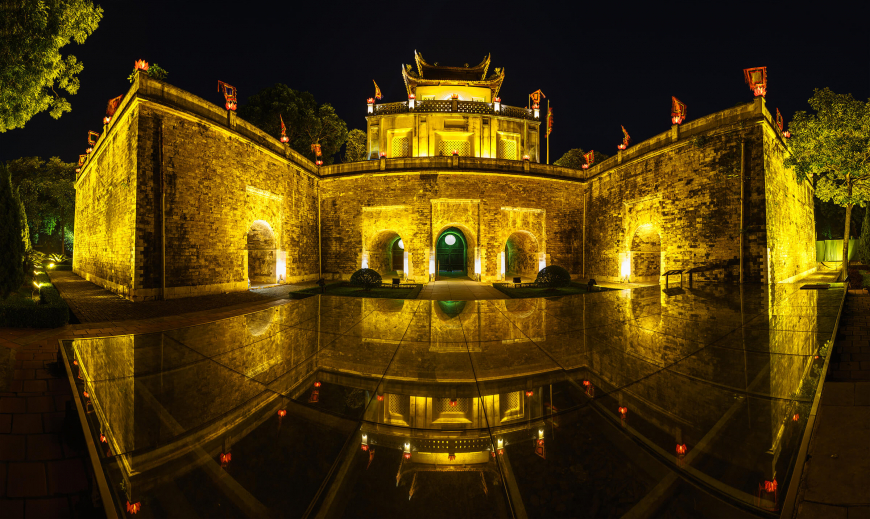
For something serene, don’t miss The Temple of Literature, where the first national university was opened in 1076. Today it’s a tranquil space made up of five courtyards, with soothing walkways, pavilions and gardens to explore. As this site honours great scholars and philosophers of days gone by, Vietnamese students still come here to pray for luck with their studies.
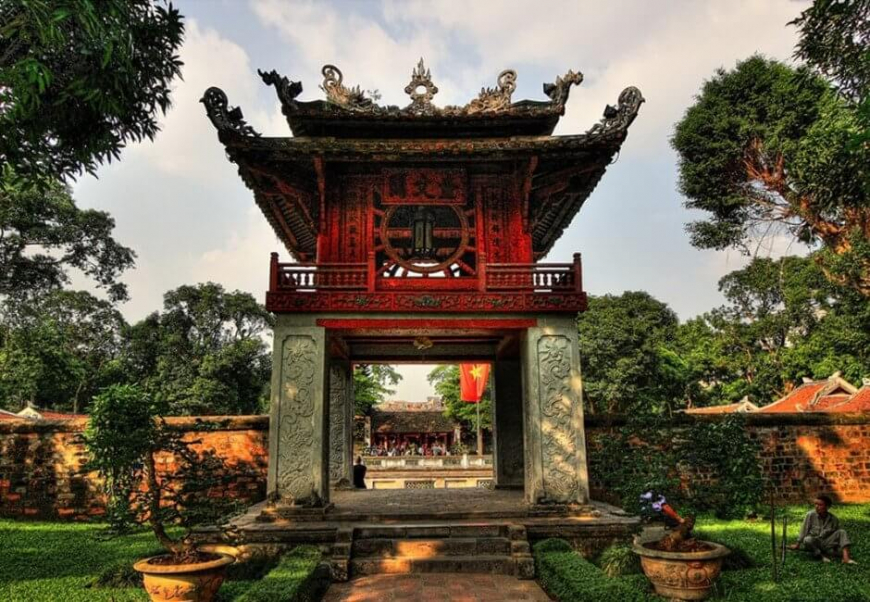
Then there’s the Hanoi Opera House, a must for architecture fans. Built in the early 20th century during French colonial rule, this impressive building is built in an eclectic neo-classical, Baroque and Gothic style, and features the iconic yellow hue so synonymous with that era of Vietnamese history. Once a cultural centre for the elite, it’s also witnessed many important political events over the years. Theatrical performances are still staged here, so try to see a show.
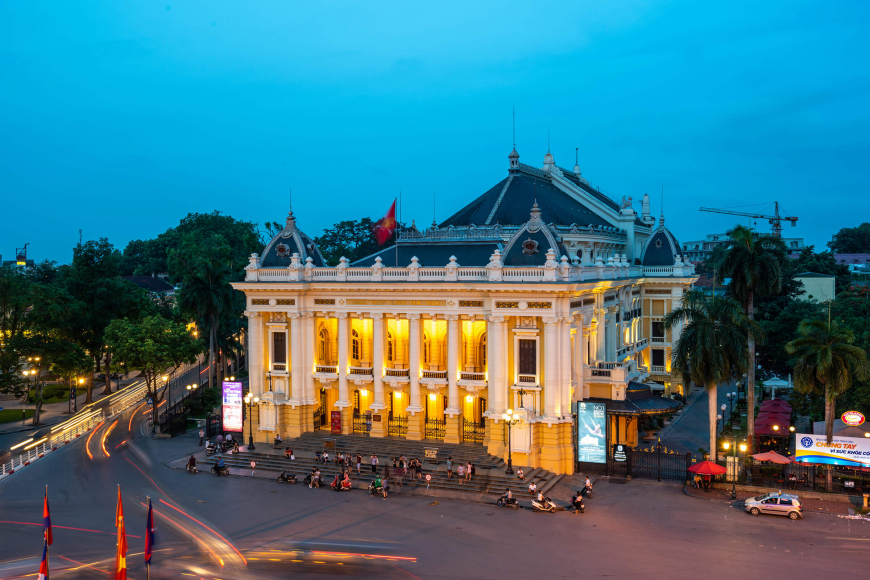
2. MUSEUMS TO MARVEL AT
There are many museums in the capital, catering to different interests. One of the most significant of these is the Ho Chi Minh Mausoleum, an impressive marble structure where the preserved body of Vietnam’s late iconic leader, Ho Chi Minh (‘Uncle Ho’), is kept in a glass sarcophagus. For a sense of ceremony, time your visit to see the changing of the guards.
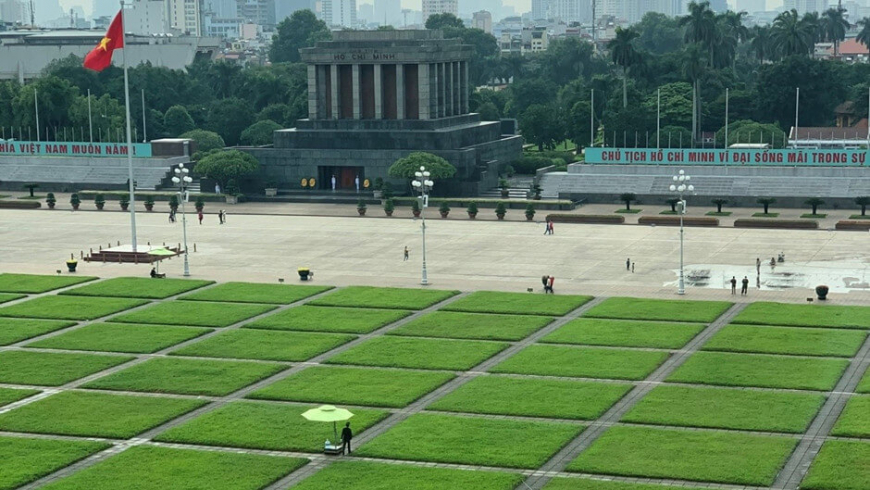
Given Vietnam’s history, it’s no surprise that there are many speciality museums that military enthusiasts will enjoy. These include the Vietnam National Museum of History, the Vietnamese Air Force Museum, and the Vietnam Military History Museum.
To learn more about the role of women, head to the Vietnamese Women’s Museum. Alternatively, the Vietnam Museum of Ethnology gives a fascinating insight into the country’s 54 ethnic groups.
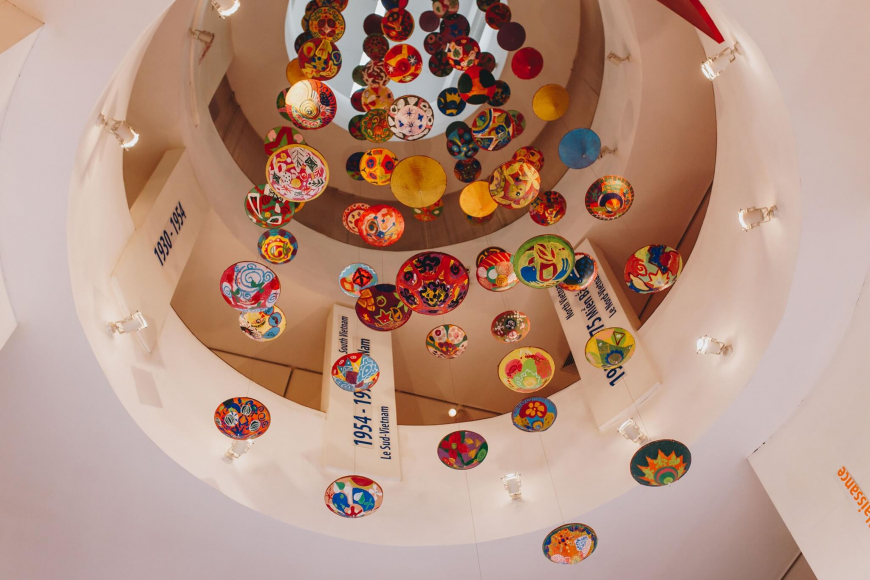
Source: Facebook: Bao tang Phu nu Viet Nam - Vietnamese Women's Museum.
3. THE MAGICAL OLD QUARTER
To truly get a feel for Hanoi, explore the Old Quarter. Starting around 1010, it was home to various crafts and trades associated with different streets. In fact, it was called ’36 streets’ after the various cobbled paths, such as ‘Silver Street’ (Hang Bac) and ‘Bamboo Street’ (Hang Tre). This is where you’ll see scenes unique to Vietnam. Think bicycle vendors, cyclos, souvenir shops, street-food stalls, narrow alleys of tube houses, quirky cafes, and so on. It’s a riot of colour and sound.
4. LAKES TO STROLL AROUND
For peace and quiet, locals head to one of Hanoi’s lakes. Along the shaded walkways surrounding them, you’ll see people doing Tai Chi, playing chess, playing instruments or practising their dance moves.
Hoan Kiem Lake is the most historic. In the middle, you’ll see the Turtle Tower and the Ngoc Son Temple, which is connected to the land by the bright-red The Huc Bridge. City sightseeing double decker buses stop near this popular tourist attraction.
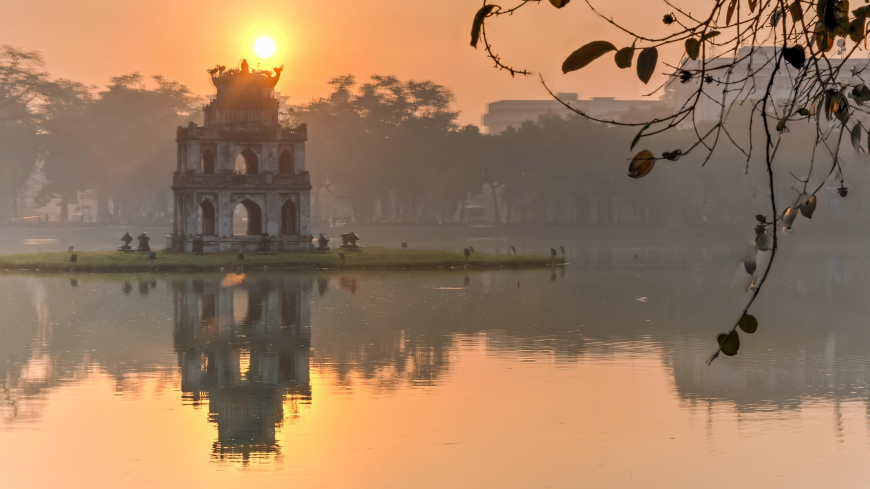
Hanoi’s largest lake is West Lake – a great choice for a long walk or cycle, a leisurely breakfast or sundowners with a view.
5. FOOD, GLORIOUS FOOD
With its mix of international and Vietnamese cuisine, street food and fine dining, Hanoi is heaven for foodies. Traditional Hanoian dishes include pho bo (beef noodle soup), banh mi (baguette sandwich), bun cha (rice vermicelli noodles with barbequed pork), bun ca (fish noodle soup) and banh cuon (steamed rice paper rolls) – to name a few. You can sample these across the city, and there are many culinary and cookery tours to book.
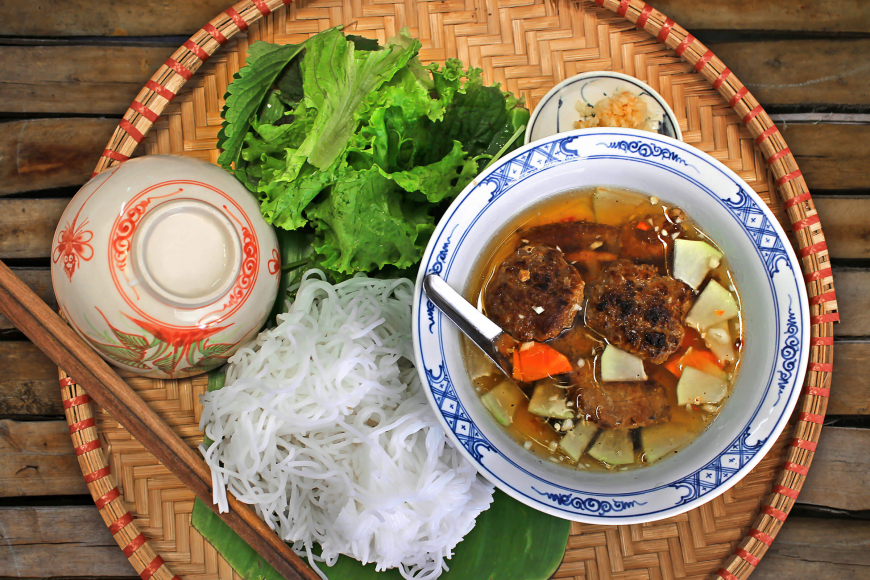
6. NIGHTLIFE FOR ALL TYPES AND TASTES
Night owls, culture-lovers and party people are also spoilt for choice in Hanoi. To experience a traditional art form, catch a water-puppet show. There are bars aplenty, too. Hang out with locals at a ‘bia hoi’ (an informal draught beer bar), or sip a fancy cocktail at one of the city’s rooftop bars. To enjoy music into the wee hours, the many nightclubs play everything from jazz and soul to hip-hop, remix and EDM.
7. NEARBY DAY TRIPS
Traditional craft villages surround Hanoi. Admire the ceramics at Bat Trang village, and craft a keepsake of your own. There’s Center of Vietnam Quintessential Handicraft in Bat Trang pottery village, a place displaying famous traditional porcelain and pottery. To learn more about the conical hats (nón lá) synonymous with Vietnam, go to Village Chuong, where these hats have been made for centuries.
